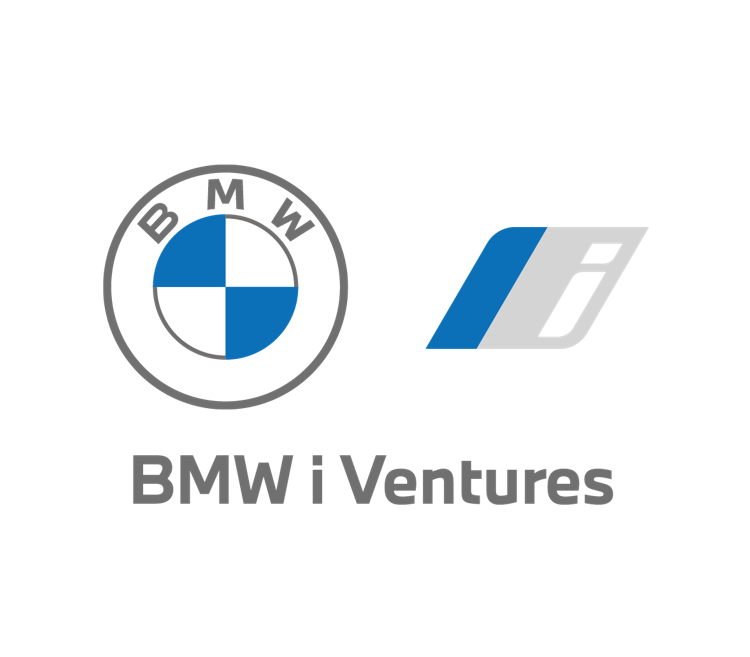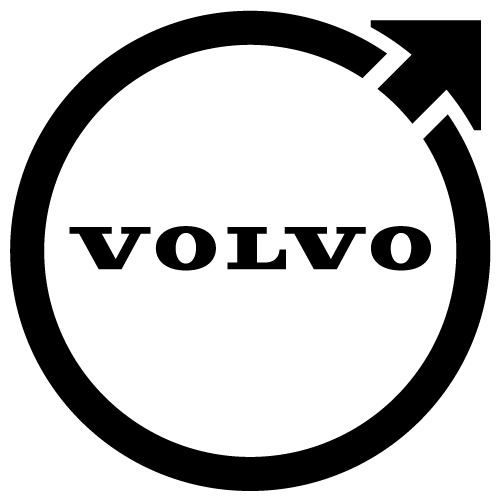Geek, Suit, Wonk: Founding and Running Toyota Ventures with Jim Adler
May 13, 2024
Interviewed by Nicolas Sauvage on September 3, 2021
Jim Adler has taken a roundabout path to CVC success at Toyota Ventures. A pre-med major, when he entered college to follow in his father and grandfather’s footsteps, he has been, in his words, a geek, a suit, and a wonk. He outlined his unusual professional journey with TDK Ventures President and podcast host Nicolas Sauvage in an episode of Corporate Venturing Insider.
Rocketing to Success
One of Jim’s first jobs after receiving his engineering degree involved working with rocket launch logistics for an early iteration of Lockheed Martin.
“Nothing is more exciting than…spending countless hours in the integration labs and seeing all this technology come together,” he said. “My electrical engineering background was in control systems. I realized that everything is a system. It might be linear, it might be non-linear, it might be stochastic. But whether it’s physical, psychological, business, or legal, these are all systems. And if you try to understand the dynamics, you can get the performance that you desire out of the system.”
His system analysis has paid dividends throughout Jim’s career, from stints as an entrepreneur, legal software developer, chief privacy officer, and data scientist, as well as his time at Toyota Ventures. Looking to “scratch an entrepreneurial itch,” he left the Lockheed Martin precursor to work for startups over the next two decades. He started, operated, and sold a series of startups before signing on for what he anticipated would be a “restful” stint leading Toyota’s data and cloud computing team.
“I find engineering teams incredibly invigorating,” Jim said. ”I just love leading technical teams.”
Transitioning to Toyota Ventures
Only about a year into his tenure, the company committed to invest in Silicon Valley startups. Adler attended some Toyota Research Institute pitch meetings and decided the lack of a formal process, well-defined goals, and decision structure limited the fund’s effectiveness. His startup experience instilled in Jim definite ideas about how CVCs should treat their potential portfolio companies. He thought about what the corporate venture function needed to do to serve the startup customer well. His manifesto on CVC best practices made its way to Japan, where Toyota executives ran with it, putting Jim in charge of the fund. Though he modestly calls himself “the accidental venture capitalist,” he has overseen Toyota Ventures’ expansion to a $500 million portfolio under management, with 40 investments across two funds delving into artificial intelligence and autonomy, mobility, robotics, cloud infrastructure, smart cities, digital health, fintech, energy, and decarbonization.
Jim said his varied background has helped him formulate how he operates Toyota Ventures. He considers the system in which candidate companies operate and how changing variables might affect them.
“Maybe if we changed everything, nothing would happen. If we change one pixel, everything might happen. How do you know?” he asked. “One of the principles of system engineering is impulse response. If you hit a skateboard with a hammer, it moves pretty well. If you hit a battleship with a hammer, it doesn’t move at all. So, let’s calibrate our actions to the response that we desire from this system. What kind of market are you dealing with? Is the market big enough? Is it broken? Is it ready for disruption? What’s the vector to affect your disruption? Understanding the dynamics of the markets where you’re trying to achieve financial success or extract strategic value for a corporation is important.”
Serving Customers — Startups and Motherships
Jim sees Toyota Ventures as serving two masters — Toyota’s mobility business and the startups it invests in. Managing their aligned but unidentical agendas is challenging. First, the fund must understand what the relevant business units are trying to achieve through corporate venturing and how that applies to the mothership’s desire to use automation to amplify the human experience and apply next-generation technologies to the company’s mobility challenges.
In viewing business units as customers, “I know the value I can bring, but some business units are income-statement driven,” he said. “If their time scales are not appreciated, business units won’t have their expectations met. Certain business units across Toyota get what we’re doing and love it. They are more innovative, more forward-leaning, others are just focused on getting the most reliable, best, safest cars on the market today.”
Startups are also customers, Adore said. “It’s not legalistic. It’s about service and support. It’s a balance sheet-forever relationship. Ideally, we want to invest in successful companies, where those entrepreneurs then found another company that we invest in — the gift that keeps giving. And we want to be a value-added part of this ecosystem. We have to respect that ecosystem (because) the limited partners only get value if we can manage that community well, and we are a responsible member of that community.”
Customer service starts with helping startups’ financial performance. Jim respects entrepreneurs as the engine of disruption and innovation for nearly a century. To attract the best founders, he must earn their trust by aligning Toyota Ventures’ goals with the founders.
“You only trust people that fundamentally want the same things that you want,” he said. “And what does everybody around the table want? Financial success. So, we are very strident that financial return must precede strategic return.”
Nuts and Bolts
Jim said he bases his investment approach on four basic principles: vision, mission, strategy, and tactics.
“Vision is where the world is going. And our vision is machines will continue to amplify the human experience,” he said. “Toyota Ventures’ mission in that vision is to discover what’s next for Toyota. We’re a discovery engine. Our job is to consider the technologies and businesses that Toyota might find themselves in in the future.”
Jim notes that a corporation’s risk profile is perfect for keeping people safe in the products it delivers to the market every day, but it may be miscalibrated for discovering what’s next. The venture group’s job is to help the corporation calibrate its risk profile correctly and differently from the mothership.
“Institutional venture capital has done a pretty good job of unlocking disruptive and innovative companies over the last 60 or 70 years, so we look at financial return and strategic return,” he explained. “Our KPIs on the financial side are institutional VC — total value to paid-in capital…distributions…IRR. On the strategic side, it gets a little harder. We see 800 to 1,000 companies into a funnel that comes out with 10 companies that we invest in.”
The funnel successively weeds out startups that will never engage with Toyota, become suppliers to the mother company, evolve into P&L partners, warrant follow-on investments, and present themselves as acquisition targets.
“It’s about giving the corporate parent exposure…and resourcing this kind of engagement with the business units. If you are, and you’re patient and vigilant and resourced appropriately, I think you’ll find that you can (balance) financial return and strategic return numbers.”

 CVCs should understand the mission of each business unit within the mothership. At Toyota, some appreciate risk-taking and forward-thinking while others focus on getting the most reliable, best, safest cars on the market today.
CVCs should understand the mission of each business unit within the mothership. At Toyota, some appreciate risk-taking and forward-thinking while others focus on getting the most reliable, best, safest cars on the market today. 



















